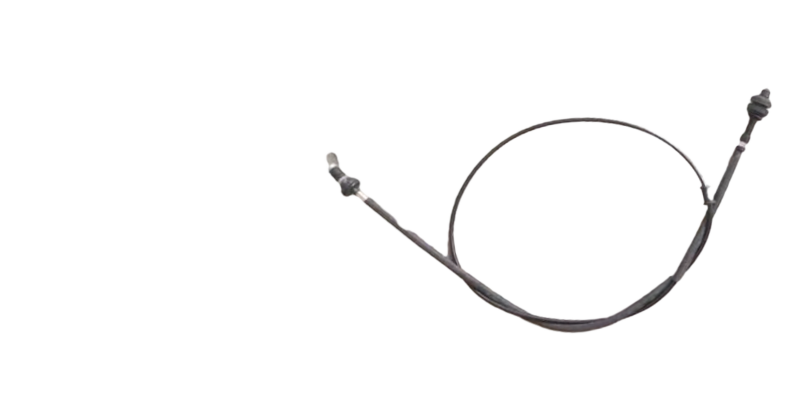accelerator throttle cable
Understanding the Accelerator Throttle Cable Its Importance and Functionality
The accelerator throttle cable is a crucial component of a vehicle's engine management system that plays a significant role in controlling the engine's power output. This cable connects the accelerator pedal to the throttle body, allowing the driver to regulate the amount of air and fuel mixture entering the engine. Understanding the function and importance of the throttle cable helps car owners and enthusiasts appreciate how the vehicle responds to driver inputs.
The Basic Function of the Throttle Cable
At its core, the throttle cable serves as the link between the driver's intent and the engine's performance. When a driver presses down on the accelerator pedal, this action pulls the throttle cable, which in turn opens the throttle plate in the throttle body. The throttle plate controls the airflow entering the engine, and the more it opens, the greater the volume of air that enters. With more air available, the engine can mix it with fuel for combustion, thereby increasing power output.
There are generally two types of throttle systems in modern vehicles traditional mechanical throttle systems that use cables, and electronic throttle control (ETC) systems that use sensors and motors. In the case of mechanical throttle systems, the accelerator throttle cable is an essential mechanical link that must function properly for optimal vehicle performance.
Significance of Proper Functionality
The proper functioning of the accelerator throttle cable is vital for several reasons. First, any damage or malfunction in the throttle cable could lead to erratic engine behavior. For instance, a frayed or broken cable may not transmit the driver's input effectively, resulting in hesitation, stalling, or unintended acceleration. Such conditions can pose serious safety risks for the driver and other road users.
In addition to safety, a well-maintained throttle cable ensures that the vehicle provides a smooth and responsive driving experience. Drivers expect their vehicle to respond predictably when they press the accelerator, and a functioning throttle cable is instrumental in achieving that responsiveness.
accelerator throttle cable

Maintenance and Inspection
Regular maintenance and periodic inspection of the throttle cable are essential for preventing issues. Cables can wear out over time due to exposure to heat, friction, and environmental elements. It is advisable to inspect the throttle cable for any signs of wear, such as fraying or corrosion, which can impede its functionality. Moreover, lubricating the cable can help ensure smooth operation, reducing the likelihood of binding or sticking.
In some vehicles, the throttle cable may be subject to adjustment. In these cases, it's crucial to check the manufacturer's guidelines to ensure correct tension and length. Incorrect adjustments can lead to poor throttle response or throttle lag, which can significantly impact driving performance.
The Transition to Electronic Throttle Control
As automotive technology continues to evolve, many modern vehicles have shifted towards electronic throttle control (ETC), which replaces the traditional cable system with electronic sensors and motors. This transition allows for more precise control of the throttle, contributing to improvements in fuel efficiency, emissions, and overall vehicle performance. However, the fundamental principle remains the same the vehicle's throttle system must accurately interpret and respond to the driver's inputs.
Conclusion
In summary, the accelerator throttle cable is a vital component that directly influences how a vehicle accelerates and responds to driver commands. Understanding its role highlights the importance of proper maintenance and inspection to ensure a safe and enjoyable driving experience. As technology advances, the transition towards electronic throttle systems indicates a bright future for vehicle performance and driver control, while still underscoring the fundamental need for reliable engine management systems. Whether using traditional or modern systems, the connection between driver intent and vehicle response remains crucial for optimal driving.
-
Upgrade Your Control with Premium Throttle CablesNewsAug.08,2025
-
Stay in Control with Premium Hand Brake CablesNewsAug.08,2025
-
Experience Unmatched Performance with Our Clutch HosesNewsAug.08,2025
-
Ensure Safety and Reliability with Premium Handbrake CablesNewsAug.08,2025
-
Enhance Your Vehicle with High-Performance Clutch LinesNewsAug.08,2025
-
Elevate Your Ride with Premium Gear CablesNewsAug.08,2025
